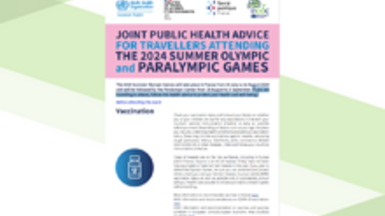Public health guidance on chlamydia control in Europe
Chlamydia trachomatis is one of the most common sexually transmitted infections in Europe. Despite the high incidence rate of chlamydia, almost half of the countries that responded to a recent survey of chlamydia control activities reported no organised activity. This document outlines the steps necessary to implement a comprehensive and effective control programme. It also offers advice on how to monitor and evaluate such programmes in order to ensure their effectiveness.
Executive Summary
ECDC’s Guidance on Chlamydia control in Europe is based on a study of Chlamydia control activities in 29 European countries. This systematic survey found wide variation in the organisation of Chlamydia control. Almost half of the countries reported no organised activity, national control programmes were only identified in two countries.
The ECDC guidance includes different options for Chlamydia control in a stepwise approach to ensure that prevention and patient management are in place before complex interventions such as screening are considered.
- A: Primary prevention: health promotion and education, school programmes, condom distribution;
- B: Case management:, diagnostics, patient and partner management, routine case surveillance;
- C: Opportunistic testing: testing routinely offered to specified group(s) of people attending clinical services;
- D: Screening programme: organised provision of Chlamydia testing to a substantial proportion of a defined population.
Effective resourcing and implementation of national Chlamydia control programmes require leadership and commitment from healthcare policy makers.
Chlamydia is a significant public health problem because untreated Chlamydia may lead to pelvic inflammatory disease, and poor reproductive outcomes in some women. The cost of treating subfertility due to Chlamydia is high as it requires tubal surgery and in-vitro fertilisation. Although simple and effective treatment with antibiotics is available, control of Chlamydia is challenging as the majority of infected people remains without clinical symptoms.







